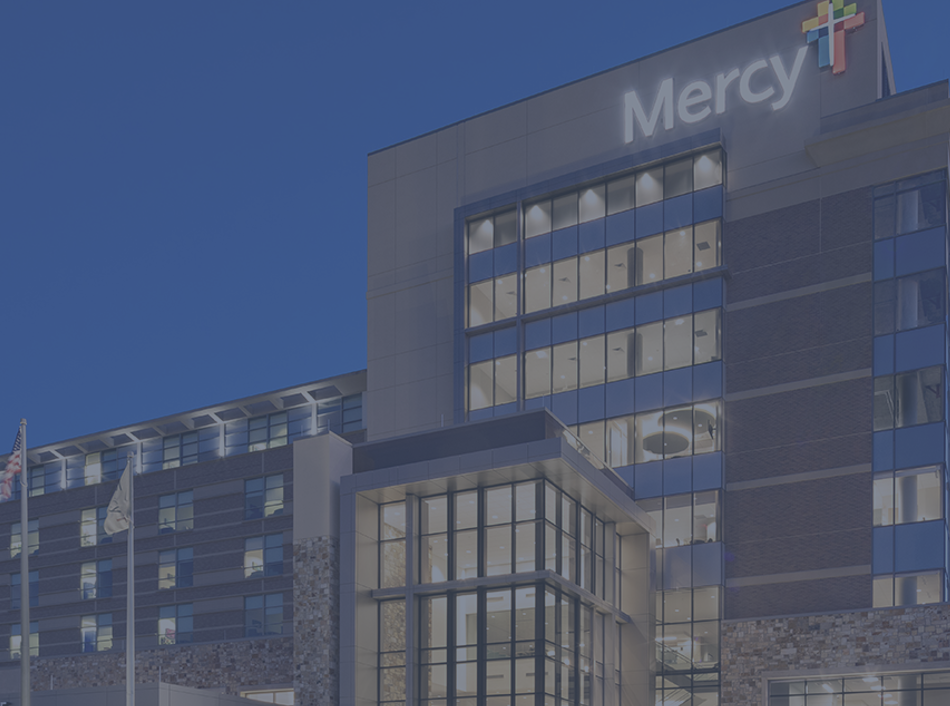5 Clinical Data Repository Benefits You Could Be Receiving
 Medical professionals are dedicated to providing their patients with the best care possible. This is an obvious fact, but it’s easy to lose track of when delving into complex subjects like data warehousing and business intelligence. Yet, at its core, a clinical data repository (CDR) is a database that helps medical professionals perform their jobs better, faster and with greater confidence. In layman’s terms, a CDR is a database that collects information relating to individual patients from a variety of sources. Below, we’ll catalog five significant benefits that hospitals and other medical clinics can expect to receive when they integrate a CDR:
Medical professionals are dedicated to providing their patients with the best care possible. This is an obvious fact, but it’s easy to lose track of when delving into complex subjects like data warehousing and business intelligence. Yet, at its core, a clinical data repository (CDR) is a database that helps medical professionals perform their jobs better, faster and with greater confidence. In layman’s terms, a CDR is a database that collects information relating to individual patients from a variety of sources. Below, we’ll catalog five significant benefits that hospitals and other medical clinics can expect to receive when they integrate a CDR:
Better Care & Treatment
Plain and simple, CDRs are vital to medical facilities because they contain crucial information regarding individual patients. With CDRs, for instance, professionals can determine if a given patient has a certain allergy, or if they require a certain medication. Plus, CDRs don’t just assist with the processing of new patients or transfers. They also allow medical facilities to track potentially contagious diseases and monitor their own use of certain drugs or medications. All of this adds up to better care and treatment on a broad scale.
Real-Time Data from Diverse Sources
There are two great features that define a CDR. They are the ability to draw data from 1) different sources and 2) to do so in real time. So rather than having to wait days or weeks to receive accurate information relating to a patient, doctors that have access to intel from a CDR can use it immediately. The ability to make updates in real time is a key factor that separates CDRs from other data-storage methods, and it’s something that administrators shouldn’t underestimate. Plus, the capacity to access information from multiple sources ensures that transfers between facilities occur smoothly.
Improved Efficiency
Inefficiency is a problem that plagues virtually all businesses. However, medical professionals really can’t afford to deal with redundancies or duplications in treatment or healthcare plans. CDRs cut down on these internal inefficiencies because they store real-time data. This means that medical pros won’t waste time dealing with an issue that has already been resolved.
Streamlined Encounters
Naturally, when doctors and other medical professionals don’t have to spend their time double-checking facts and backtracking, they’re able to address patient needs much quicker. This, in turn, can lead to streamlined encounters, and on a broader scale, improve a facility’s ability to reduce wait times and enhance turnover rates (among other KPIs). CDRs also give medical facilities a better grasp of their demographics.
Improved Clinical Trials
CDRs are perfect for labs looking to run clinical trials. Since CDRs allow researchers to log, save and share data quickly, they eliminate a lot of the “busywork” that serves to bog medical pros down.
Final Thoughts
Data analytics and warehousing are intricate processes, but they’re crucial for businesses operating in the medical and healthcare fields. At Amitech, we specialize in offering data analytics services to companies just like yours. We have years of experience in the medical industry, and we can help your organization. Contact us here for more information.






